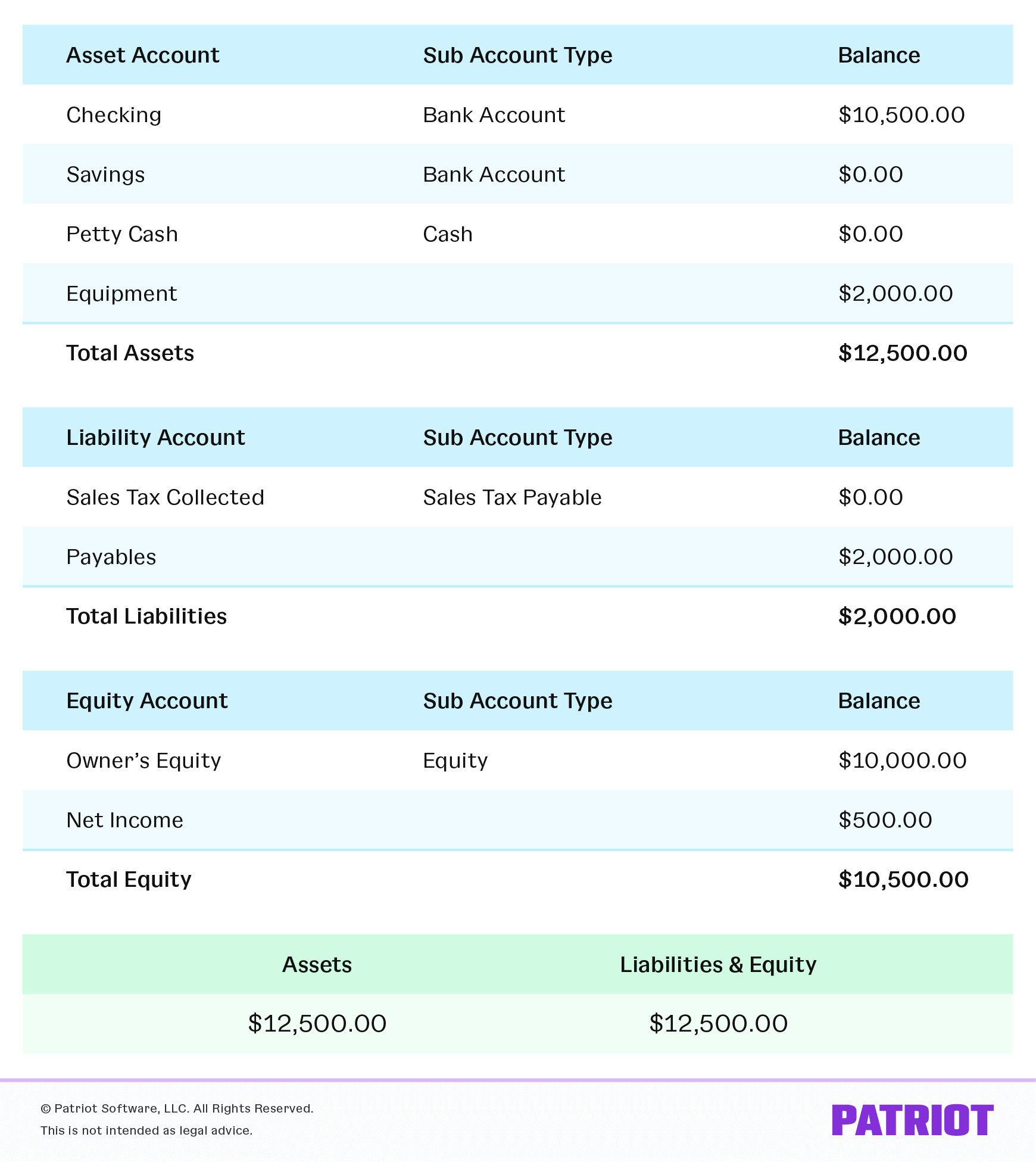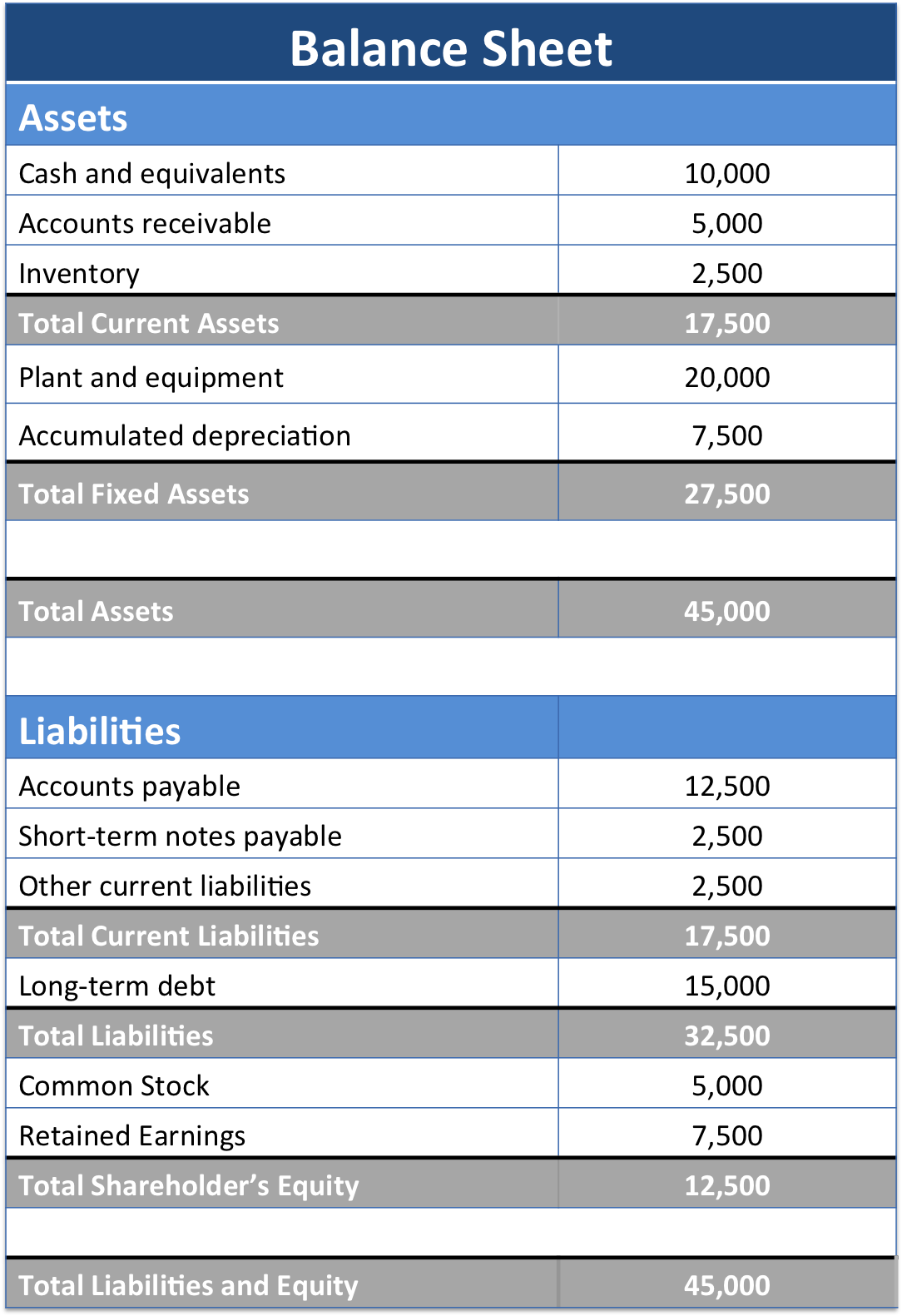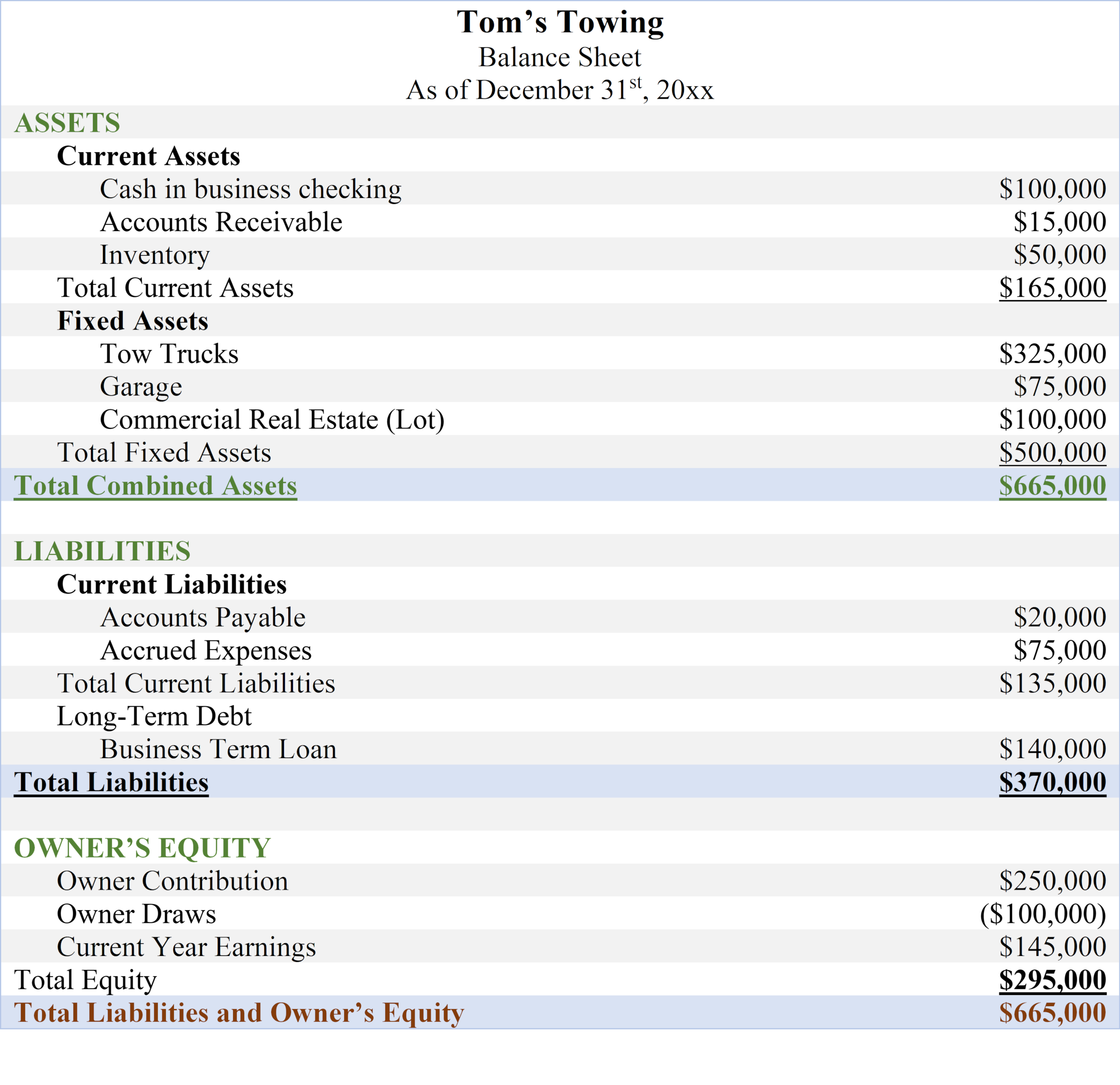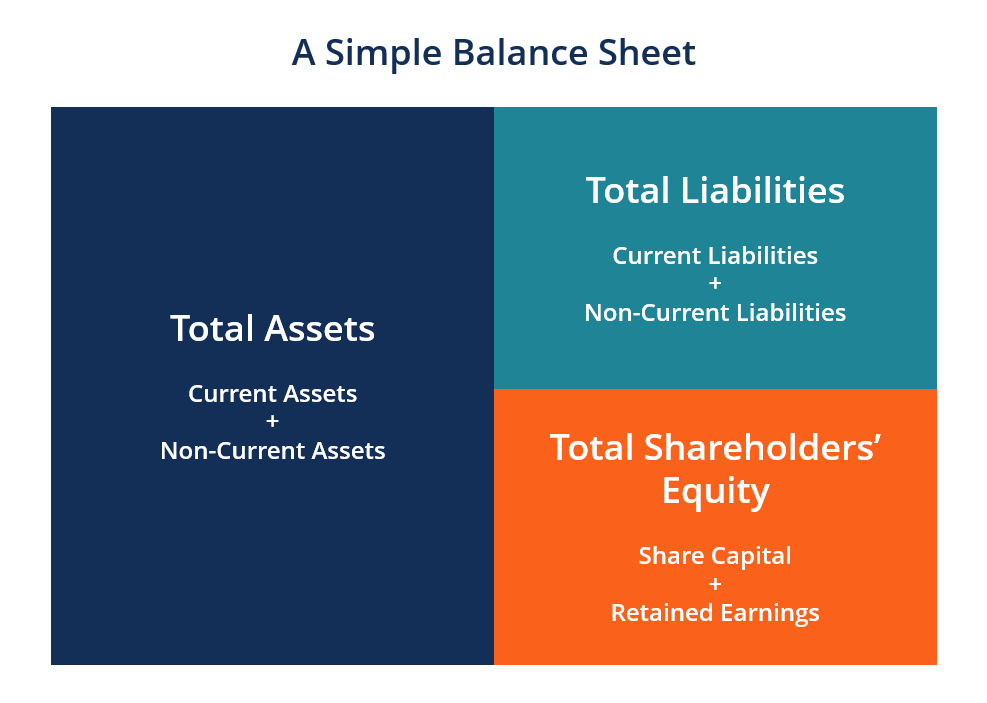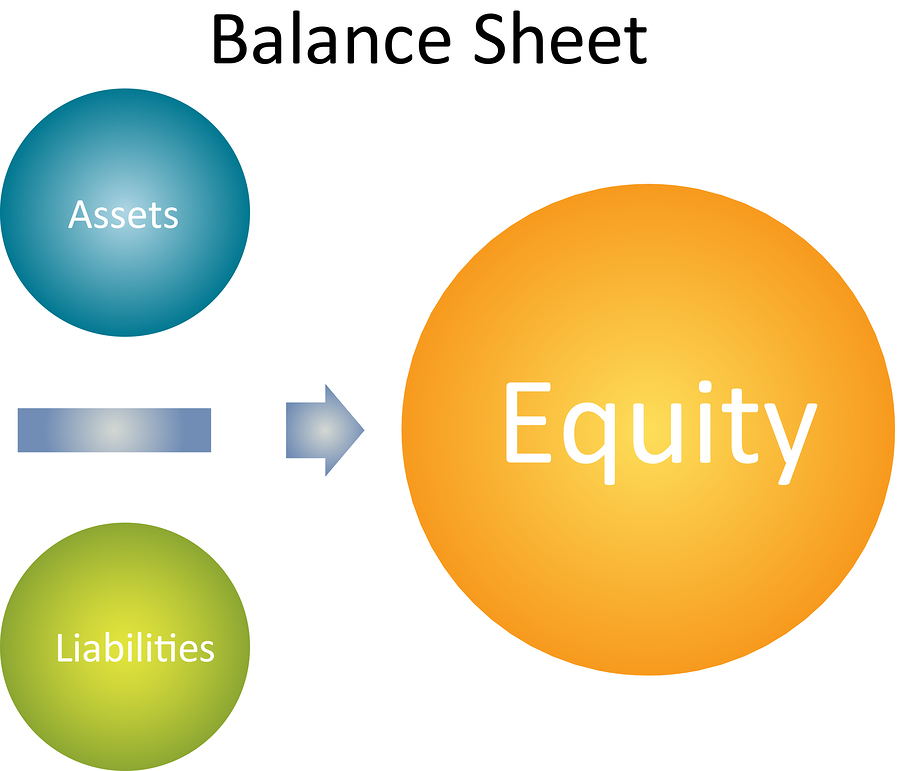Equity And Liabilities Of The Balance Sheet - To recap, you’ll find the assets (what’s owned) on the left of the balance sheet, liabilities (what’s owed) and equity (the owners’. Both parts should be equal to each other or balance each other out. This means that the assets of a company should equal its.
To recap, you’ll find the assets (what’s owned) on the left of the balance sheet, liabilities (what’s owed) and equity (the owners’. This means that the assets of a company should equal its. Both parts should be equal to each other or balance each other out.
Both parts should be equal to each other or balance each other out. This means that the assets of a company should equal its. To recap, you’ll find the assets (what’s owned) on the left of the balance sheet, liabilities (what’s owed) and equity (the owners’.
The Balance Sheet
Both parts should be equal to each other or balance each other out. This means that the assets of a company should equal its. To recap, you’ll find the assets (what’s owned) on the left of the balance sheet, liabilities (what’s owed) and equity (the owners’.
Balance sheet definition and meaning Market Business News
This means that the assets of a company should equal its. To recap, you’ll find the assets (what’s owned) on the left of the balance sheet, liabilities (what’s owed) and equity (the owners’. Both parts should be equal to each other or balance each other out.
What Is the Accounting Equation? Examples & Balance Sheet
To recap, you’ll find the assets (what’s owned) on the left of the balance sheet, liabilities (what’s owed) and equity (the owners’. This means that the assets of a company should equal its. Both parts should be equal to each other or balance each other out.
How to Read a Balance Sheet (Free Download) Poindexter Blog
This means that the assets of a company should equal its. To recap, you’ll find the assets (what’s owned) on the left of the balance sheet, liabilities (what’s owed) and equity (the owners’. Both parts should be equal to each other or balance each other out.
Assets, Liabilities, and Equity Reading a Balance Sheet
To recap, you’ll find the assets (what’s owned) on the left of the balance sheet, liabilities (what’s owed) and equity (the owners’. Both parts should be equal to each other or balance each other out. This means that the assets of a company should equal its.
How To Work For Balance Sheet at Sara Nelson blog
Both parts should be equal to each other or balance each other out. To recap, you’ll find the assets (what’s owned) on the left of the balance sheet, liabilities (what’s owed) and equity (the owners’. This means that the assets of a company should equal its.
What Is Owner's Equity? The Essential Guide 2025
To recap, you’ll find the assets (what’s owned) on the left of the balance sheet, liabilities (what’s owed) and equity (the owners’. Both parts should be equal to each other or balance each other out. This means that the assets of a company should equal its.
Balance Sheet Definition & Examples (Assets = Liabilities + Equity)
To recap, you’ll find the assets (what’s owned) on the left of the balance sheet, liabilities (what’s owed) and equity (the owners’. This means that the assets of a company should equal its. Both parts should be equal to each other or balance each other out.
Chart of Accounts Explained Part 1 — eBAS Accounts
This means that the assets of a company should equal its. To recap, you’ll find the assets (what’s owned) on the left of the balance sheet, liabilities (what’s owed) and equity (the owners’. Both parts should be equal to each other or balance each other out.
Balance Sheets 101 Understanding Assets, Liabilities and Equity HBS
To recap, you’ll find the assets (what’s owned) on the left of the balance sheet, liabilities (what’s owed) and equity (the owners’. This means that the assets of a company should equal its. Both parts should be equal to each other or balance each other out.
This Means That The Assets Of A Company Should Equal Its.
Both parts should be equal to each other or balance each other out. To recap, you’ll find the assets (what’s owned) on the left of the balance sheet, liabilities (what’s owed) and equity (the owners’.


